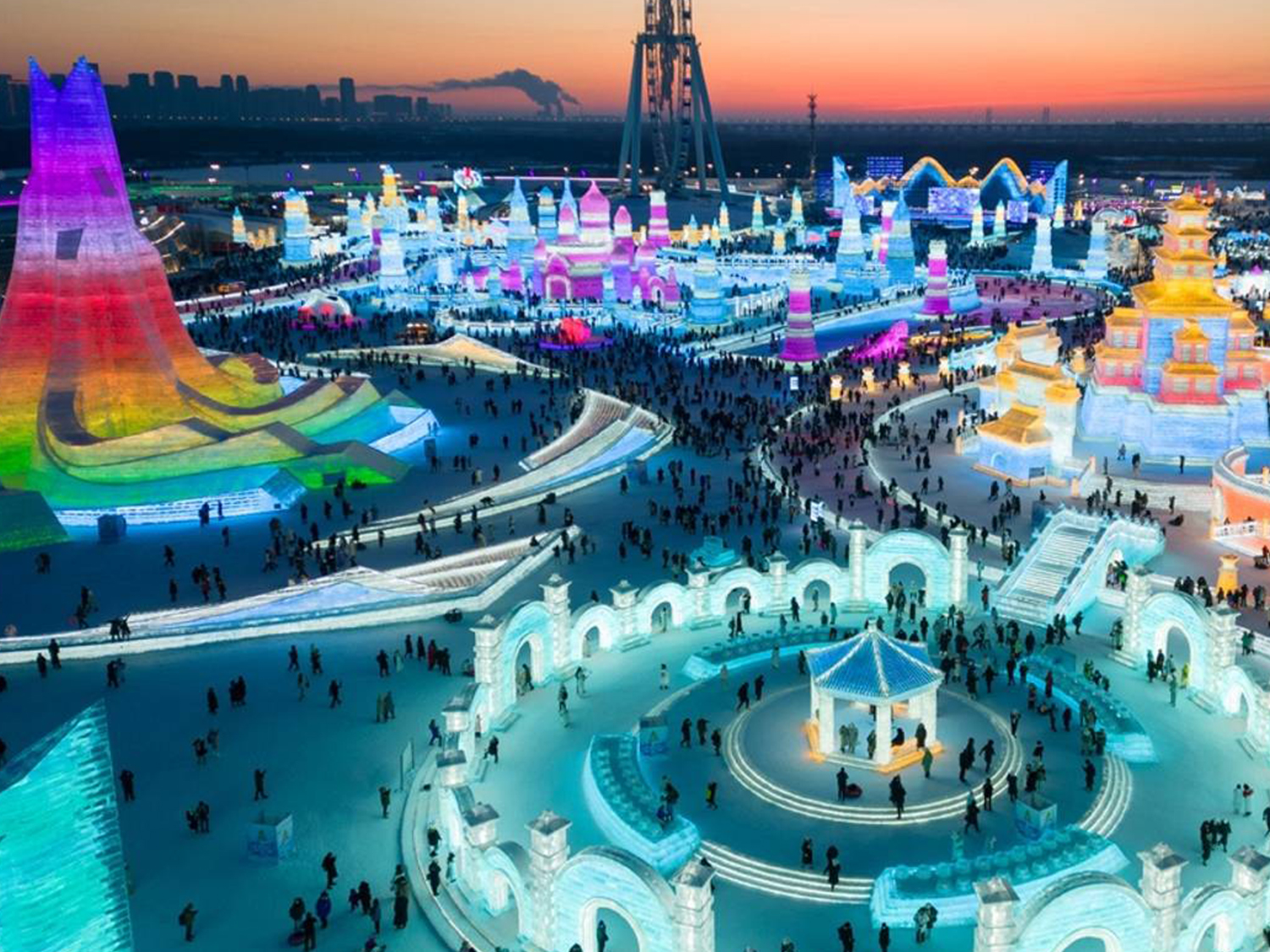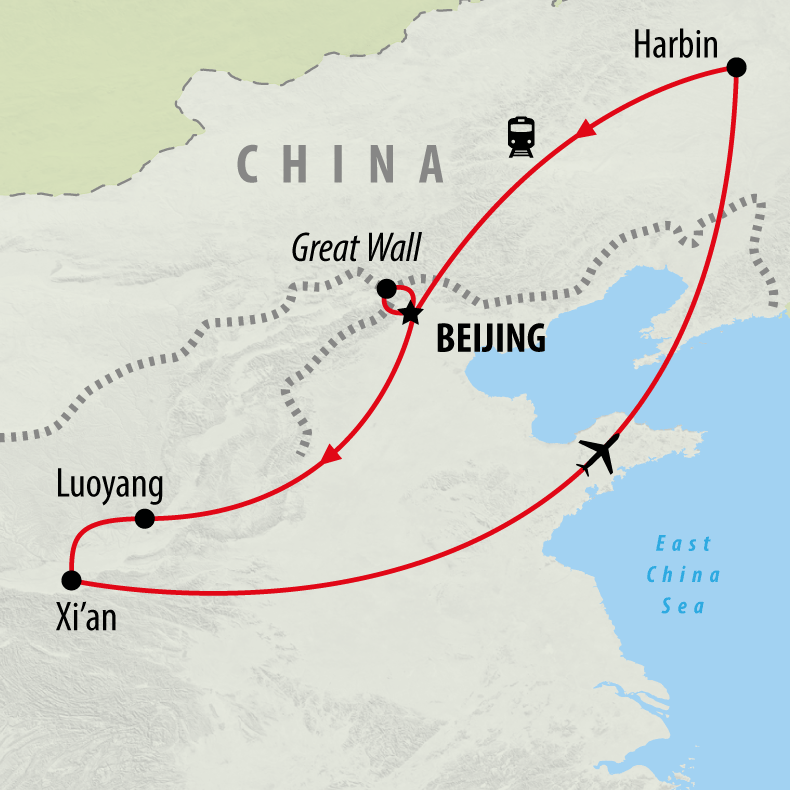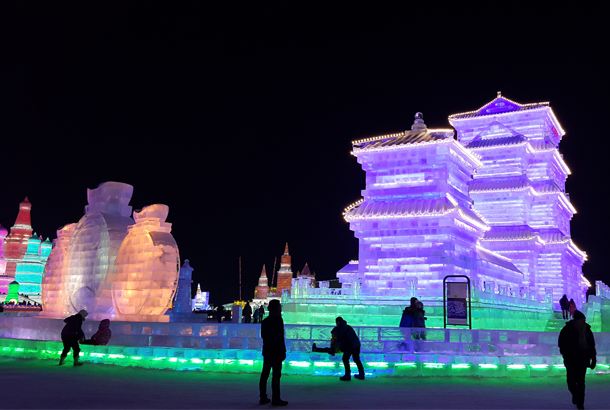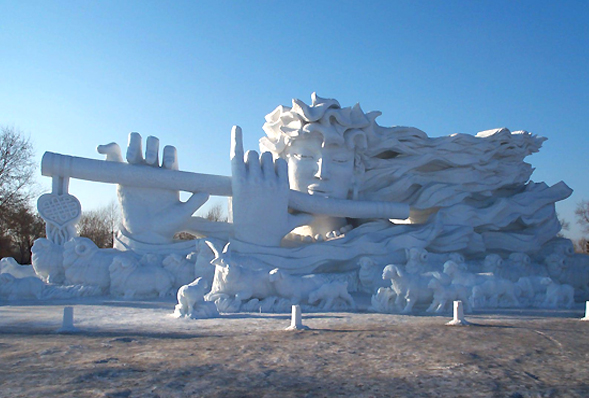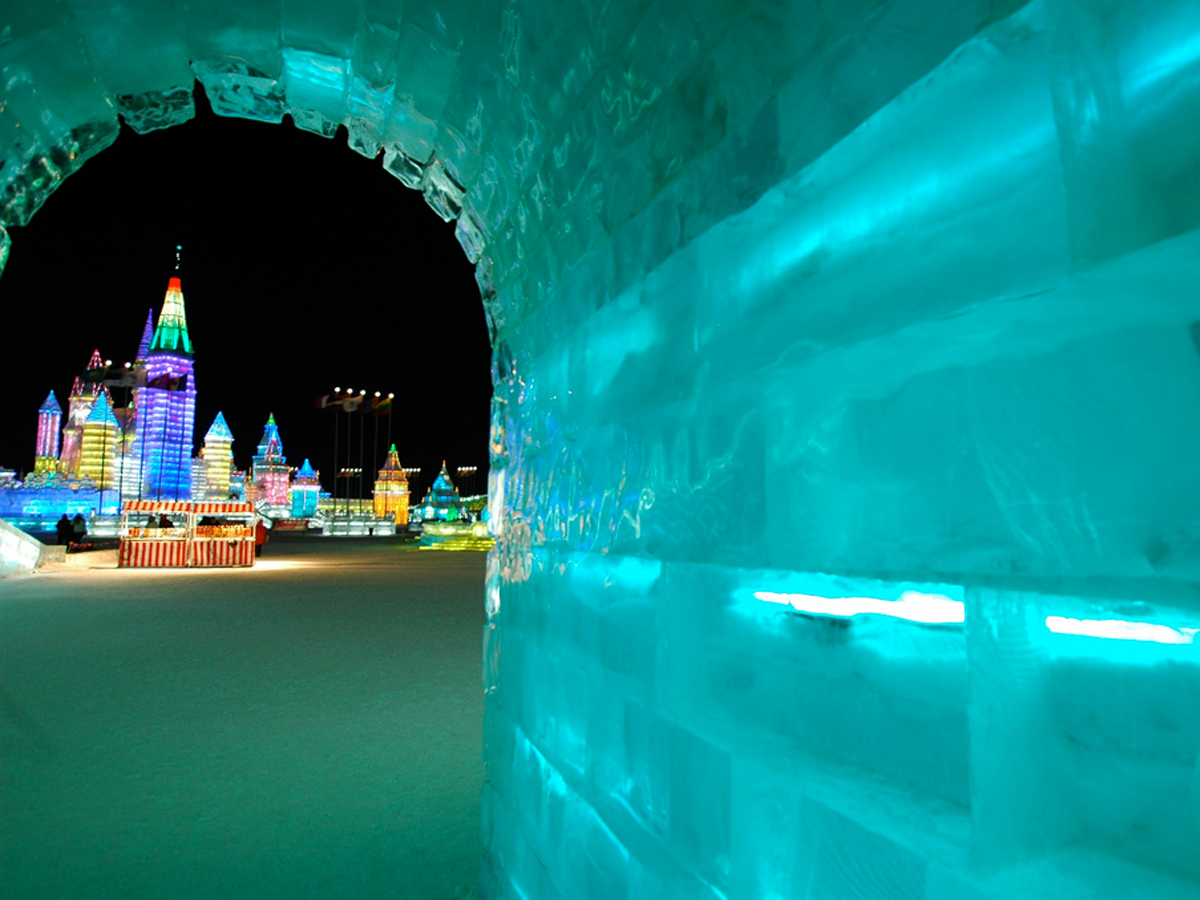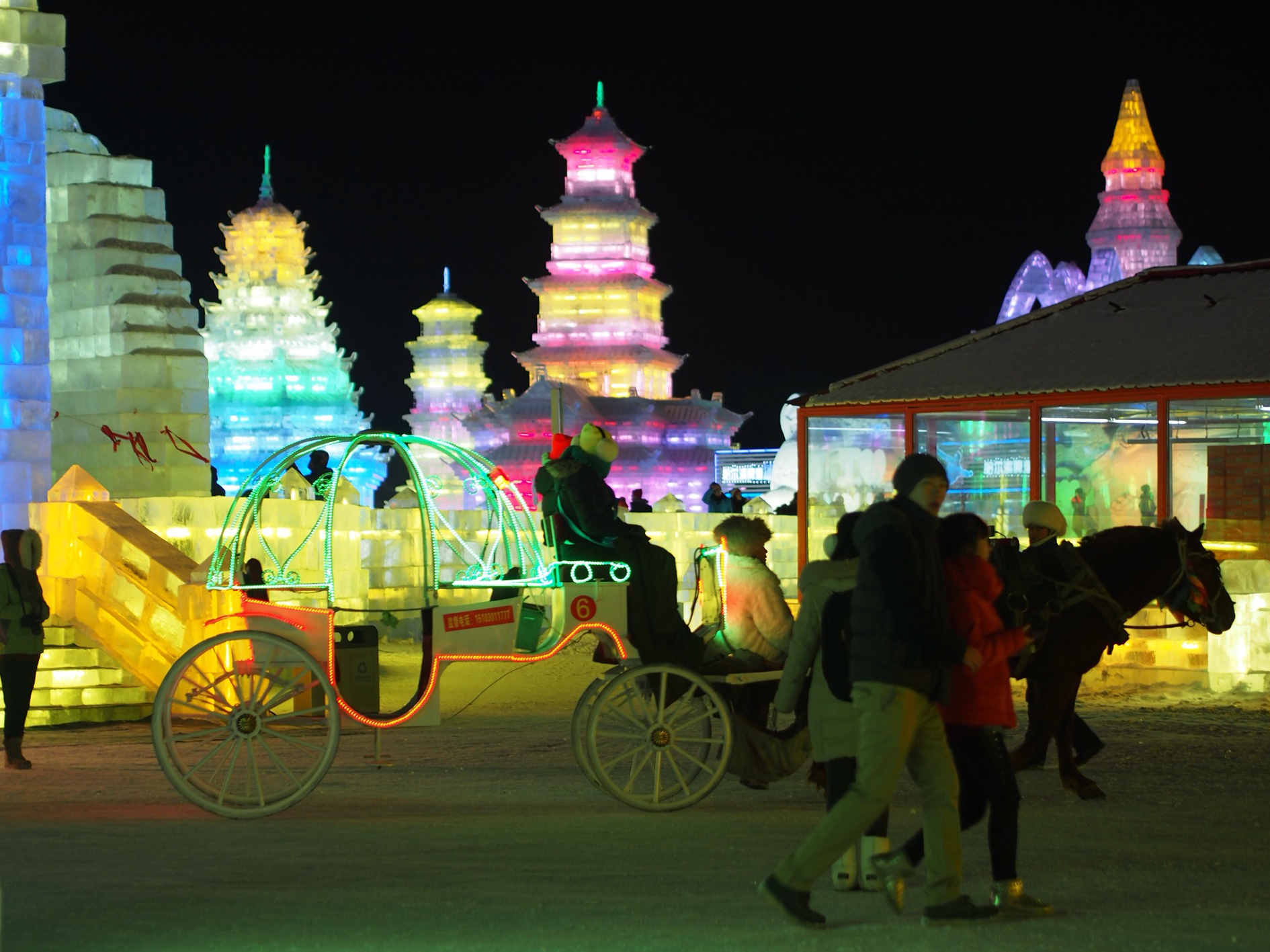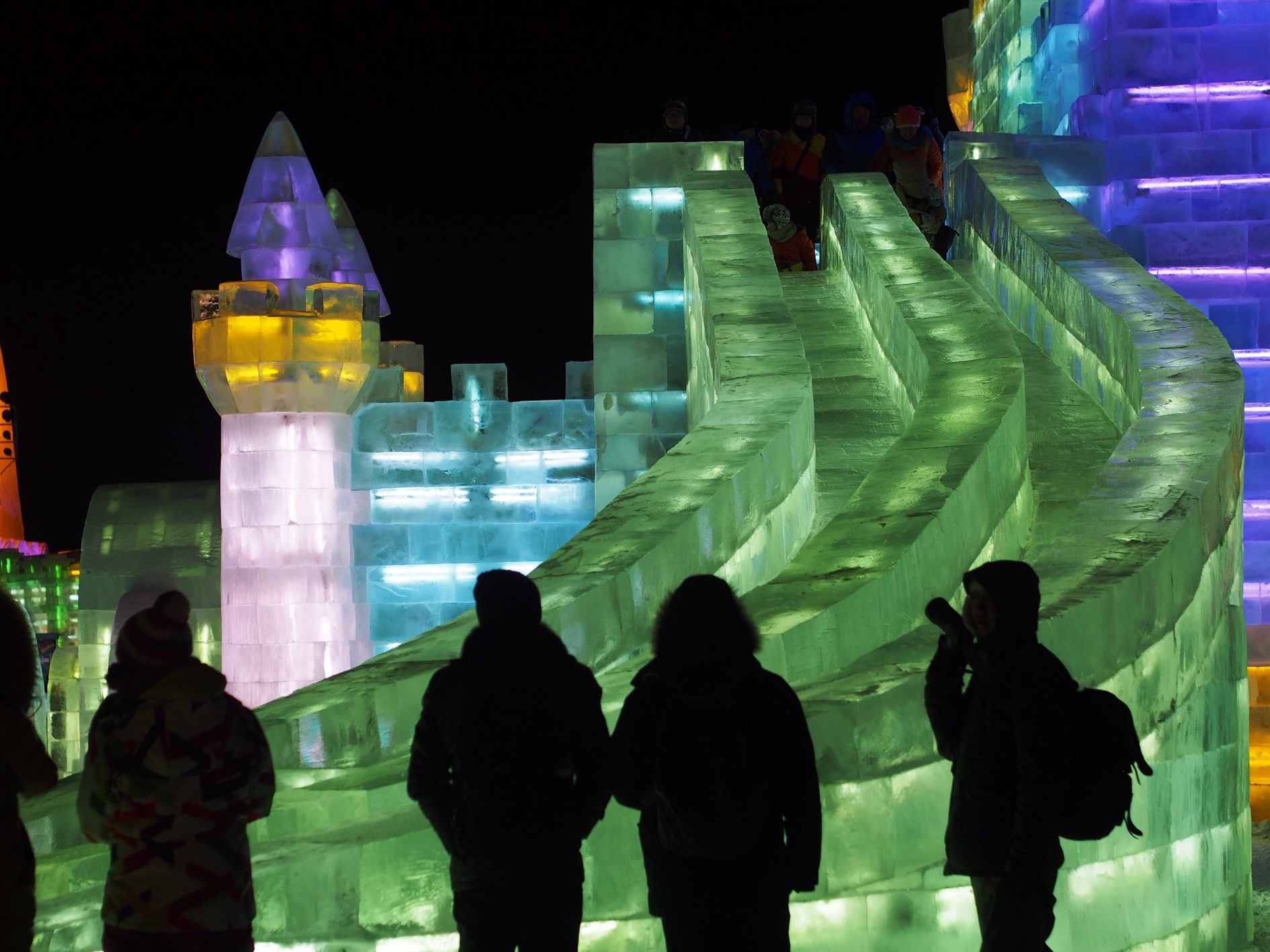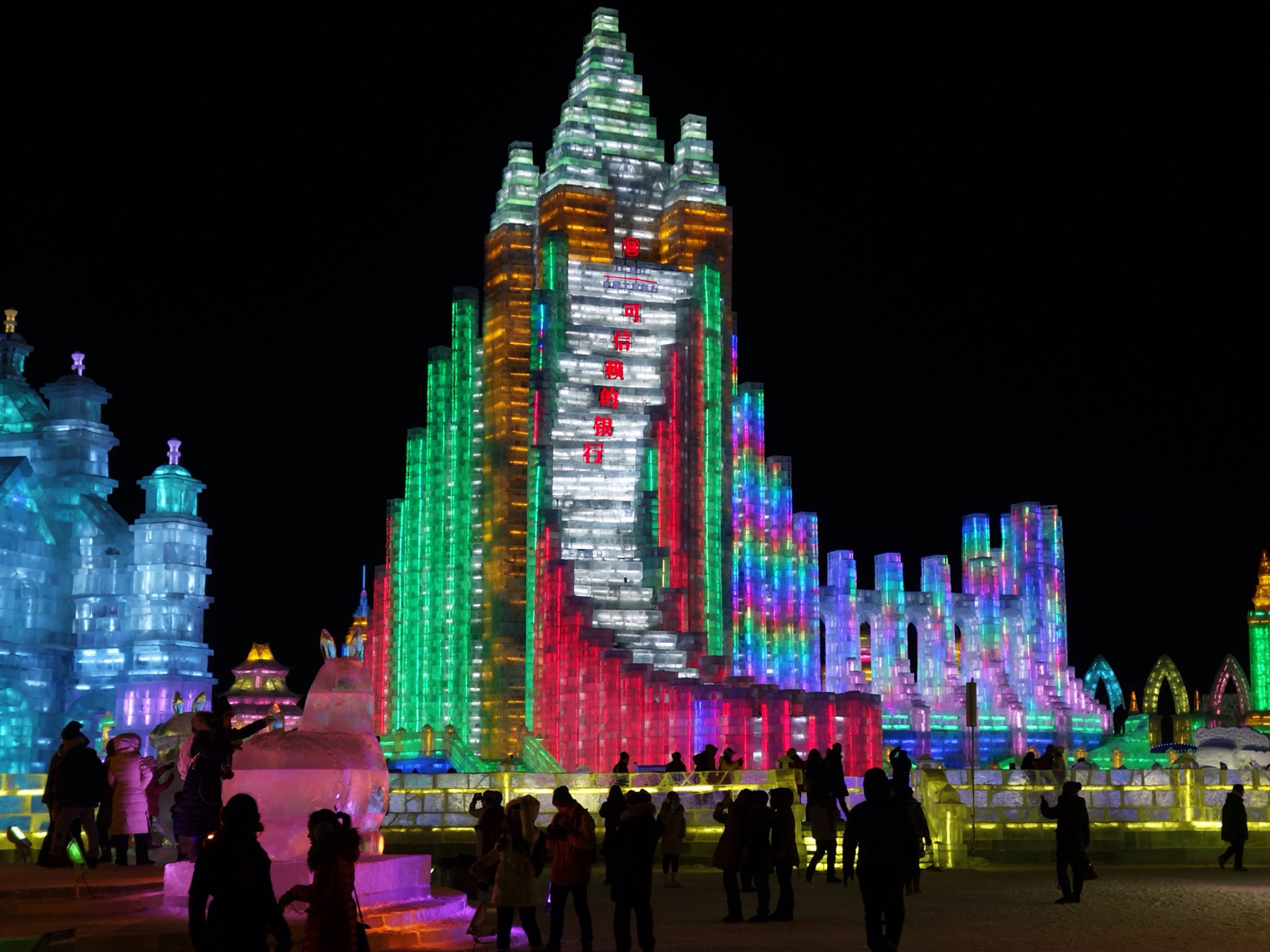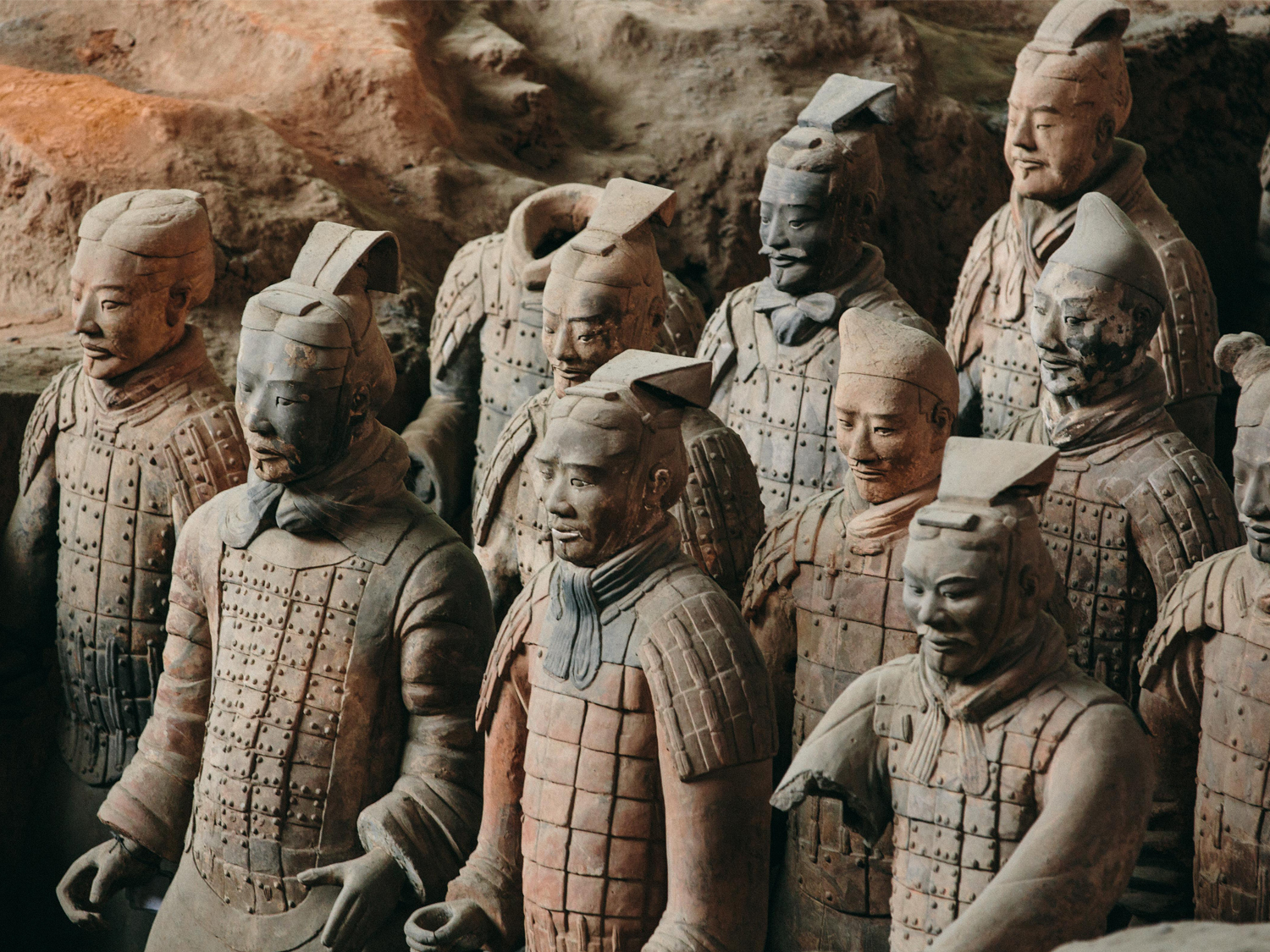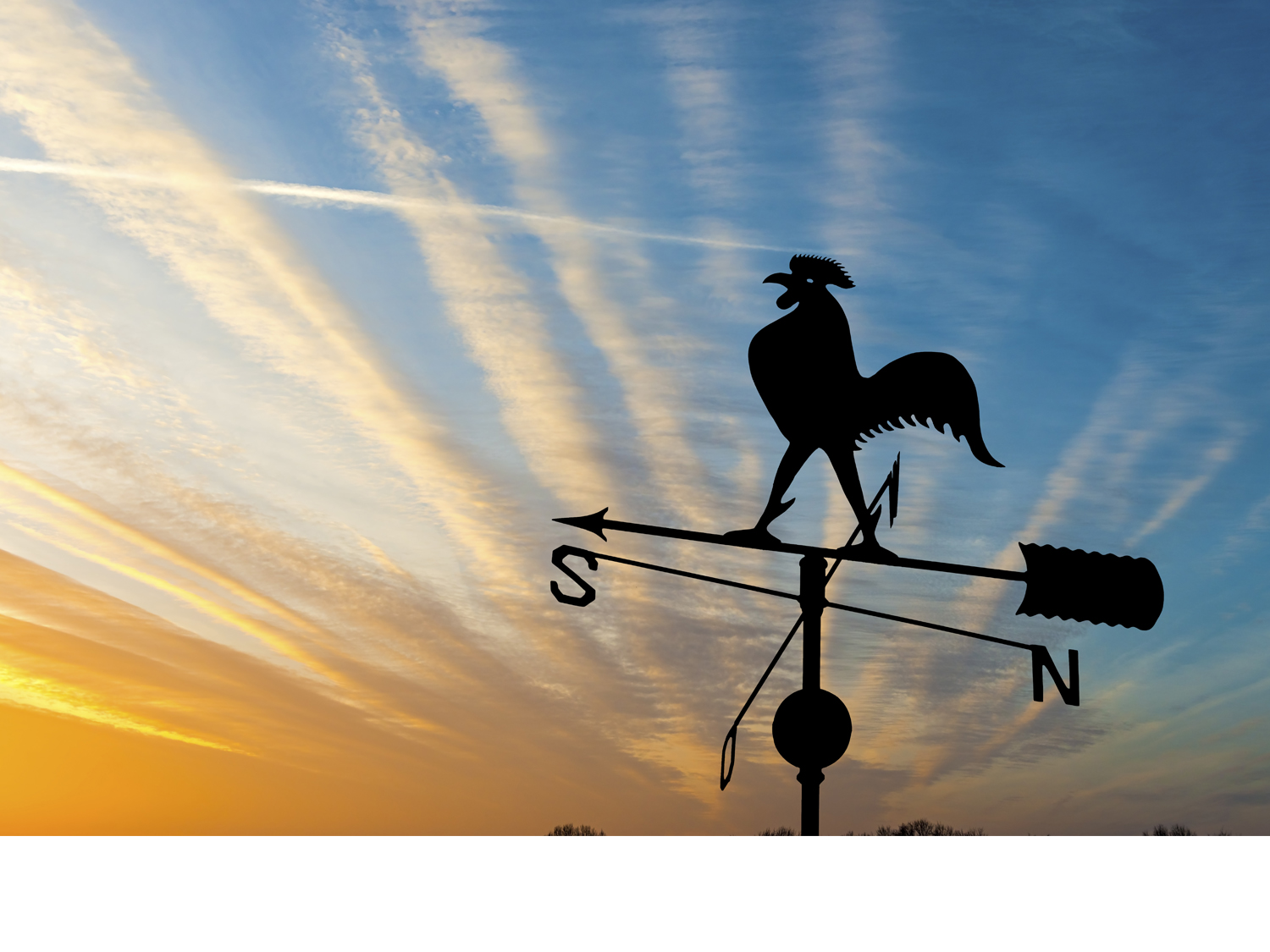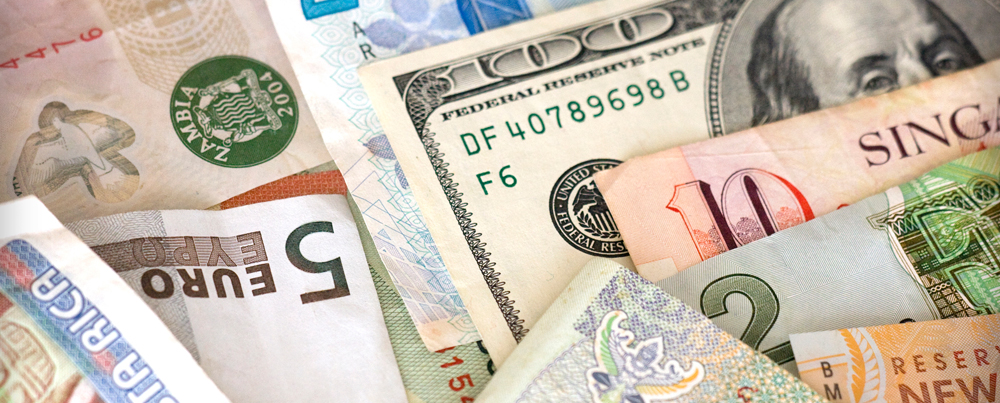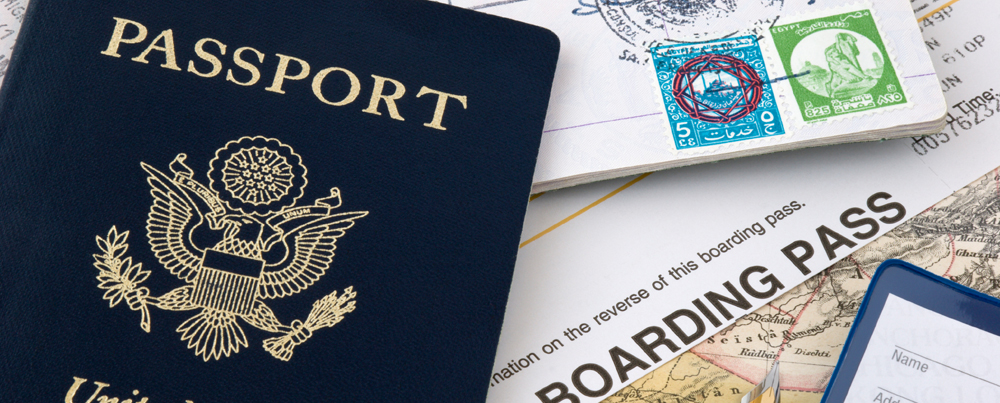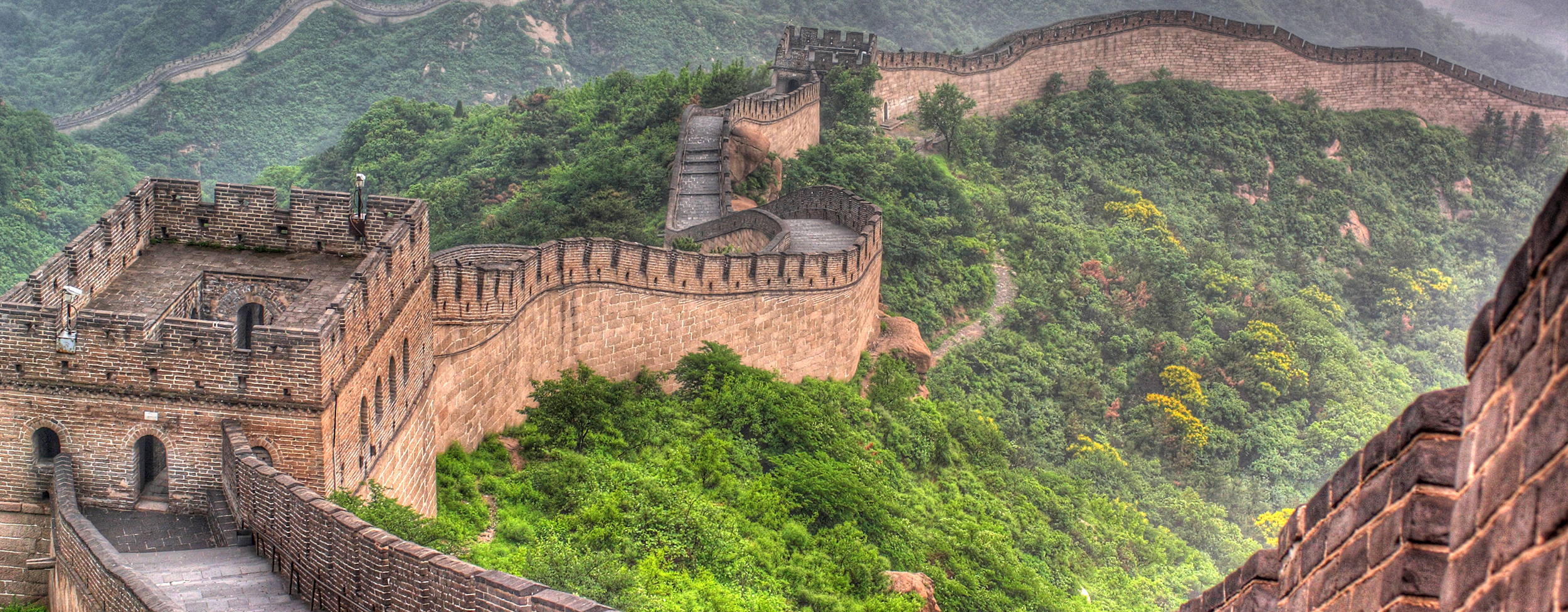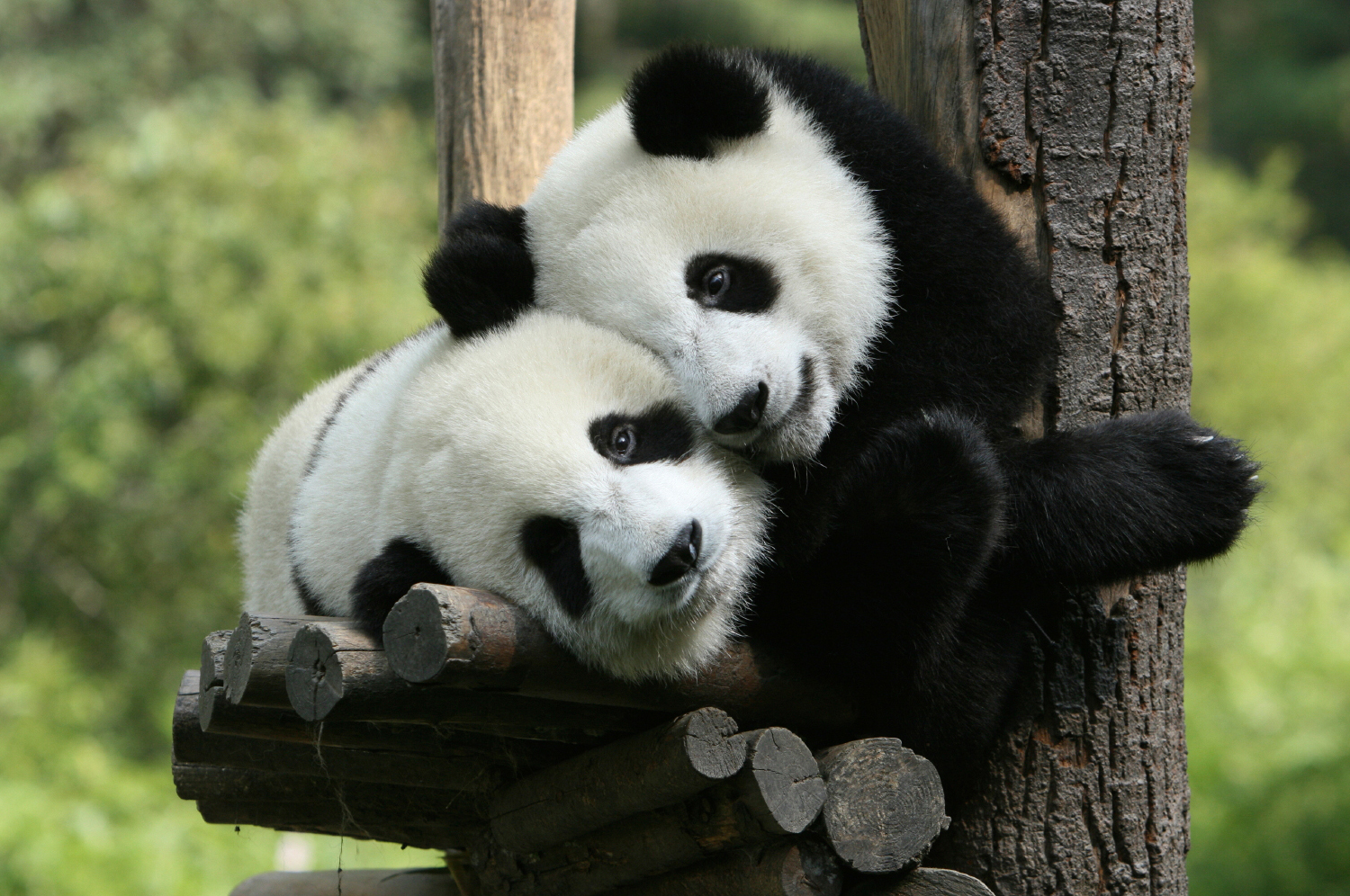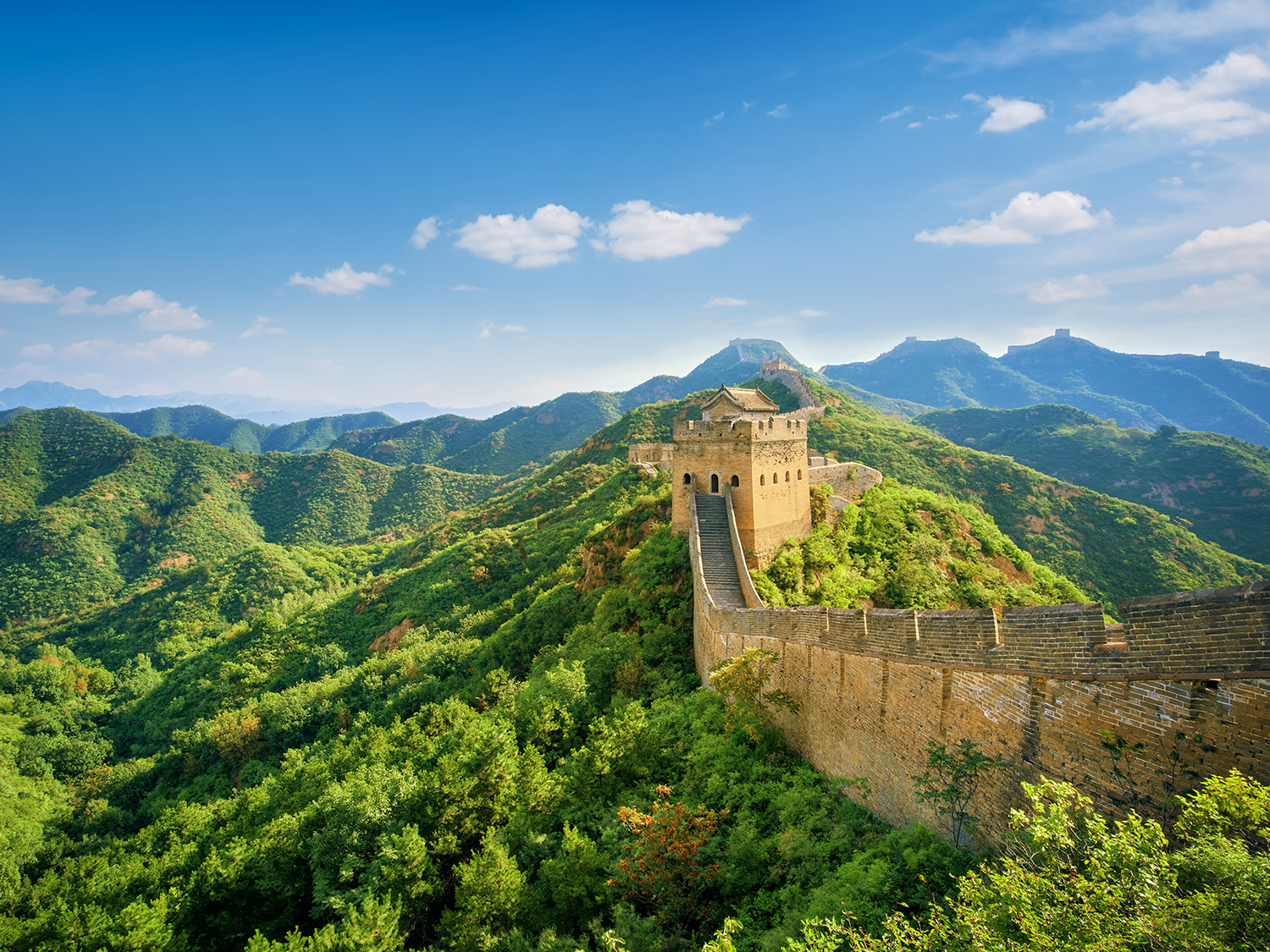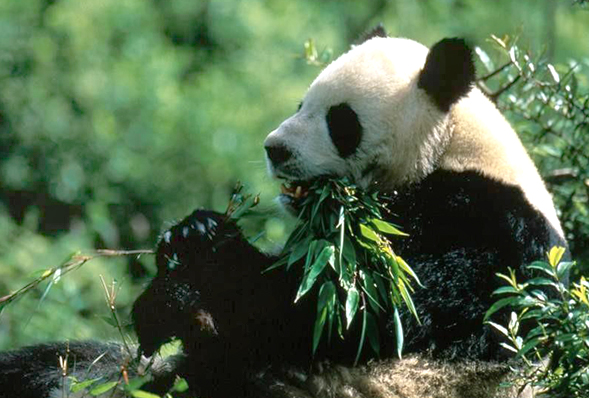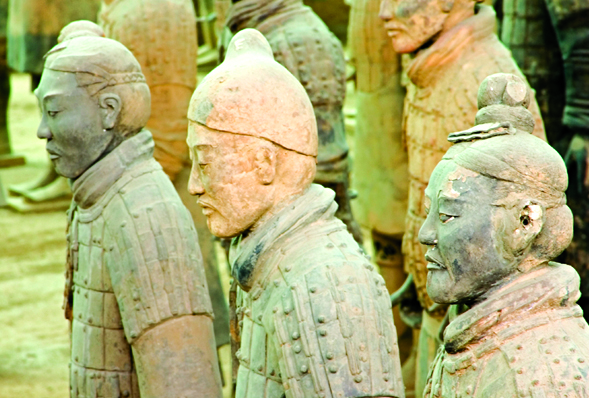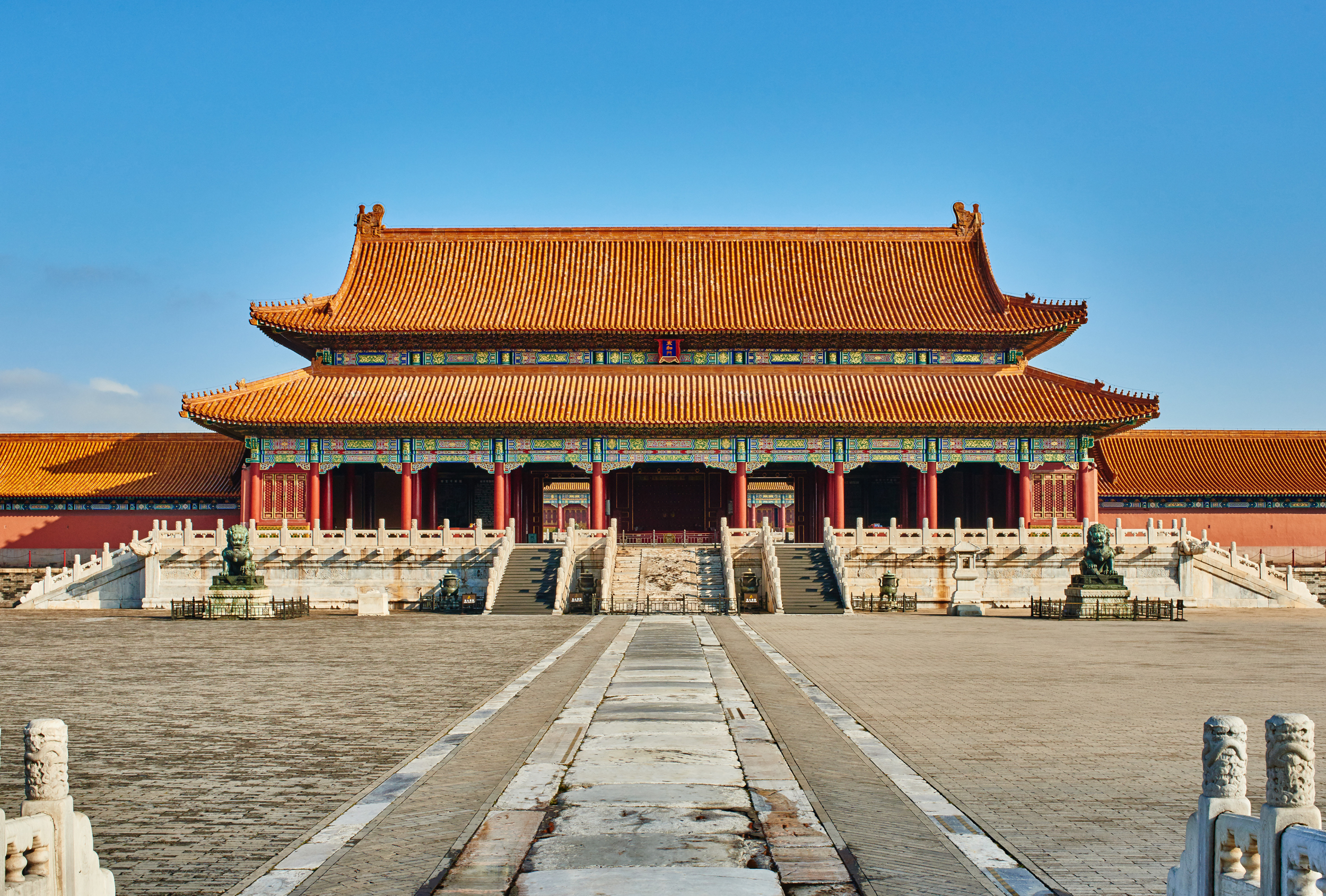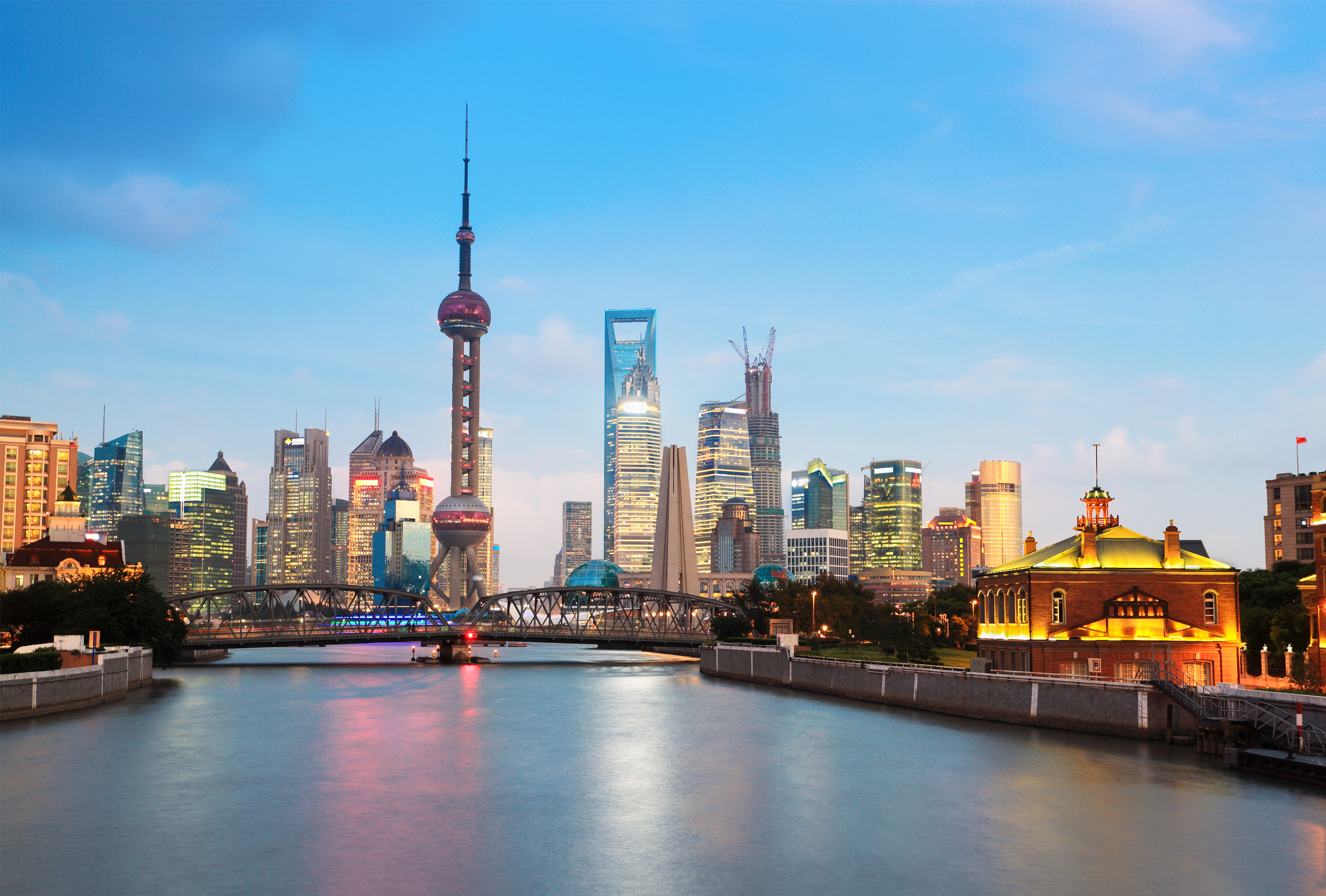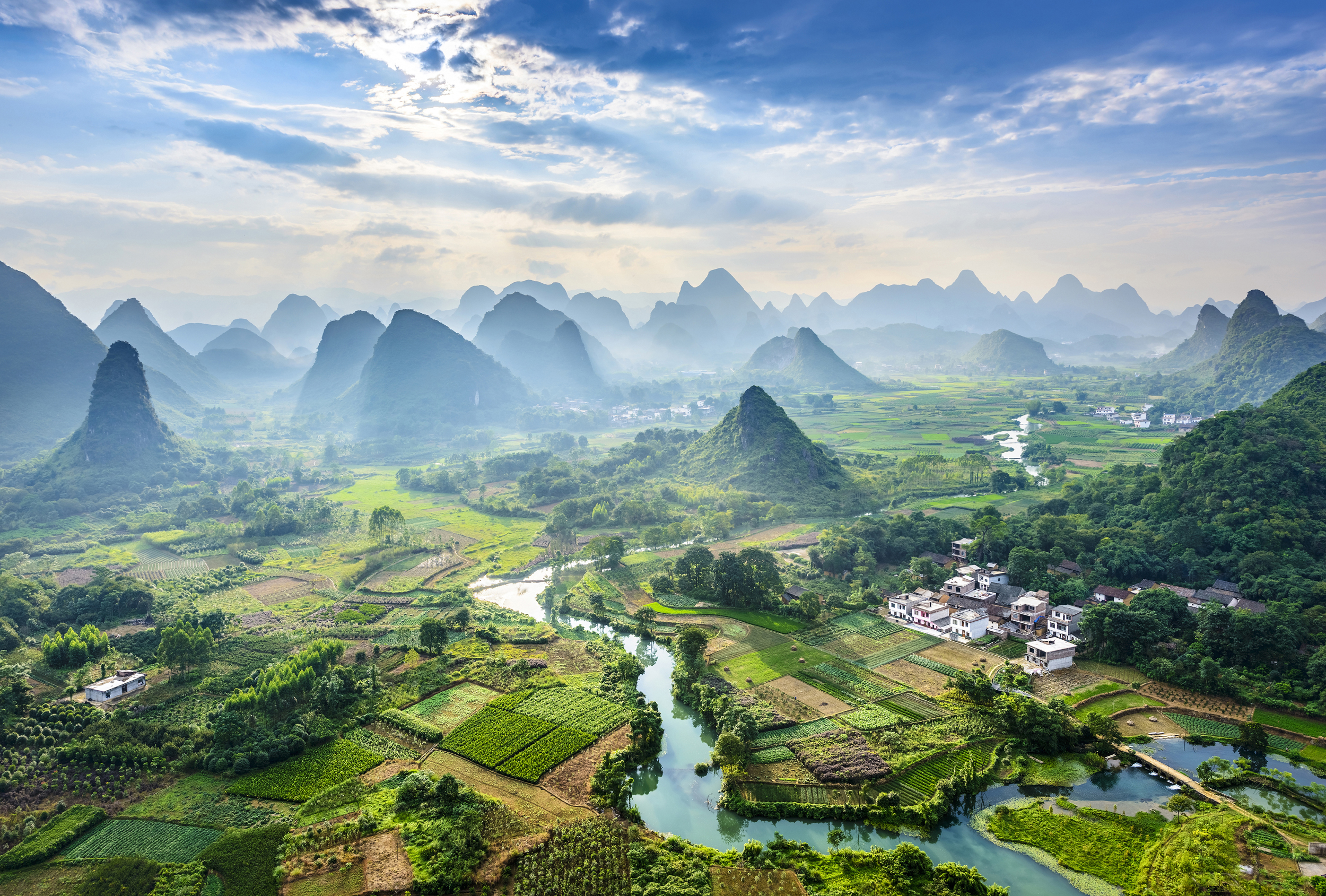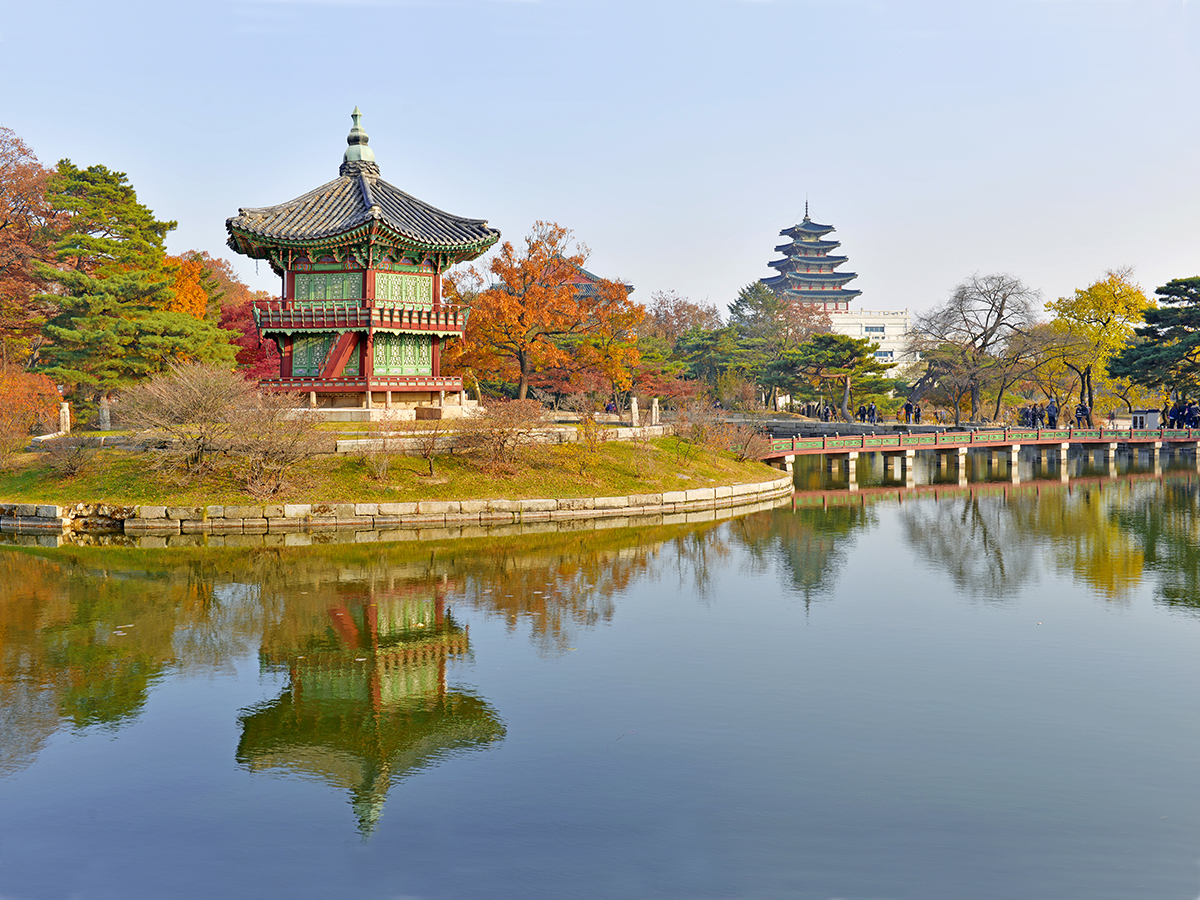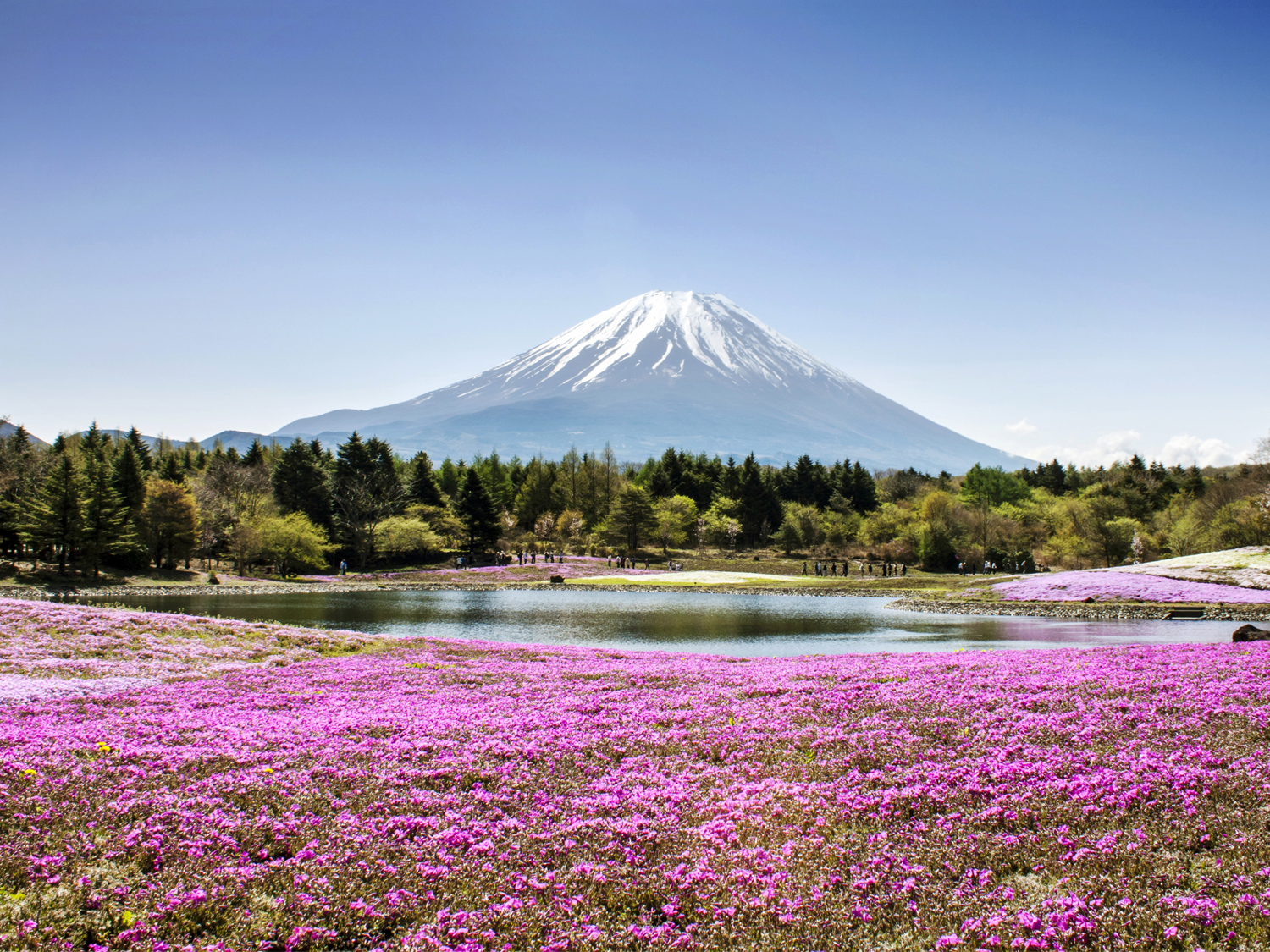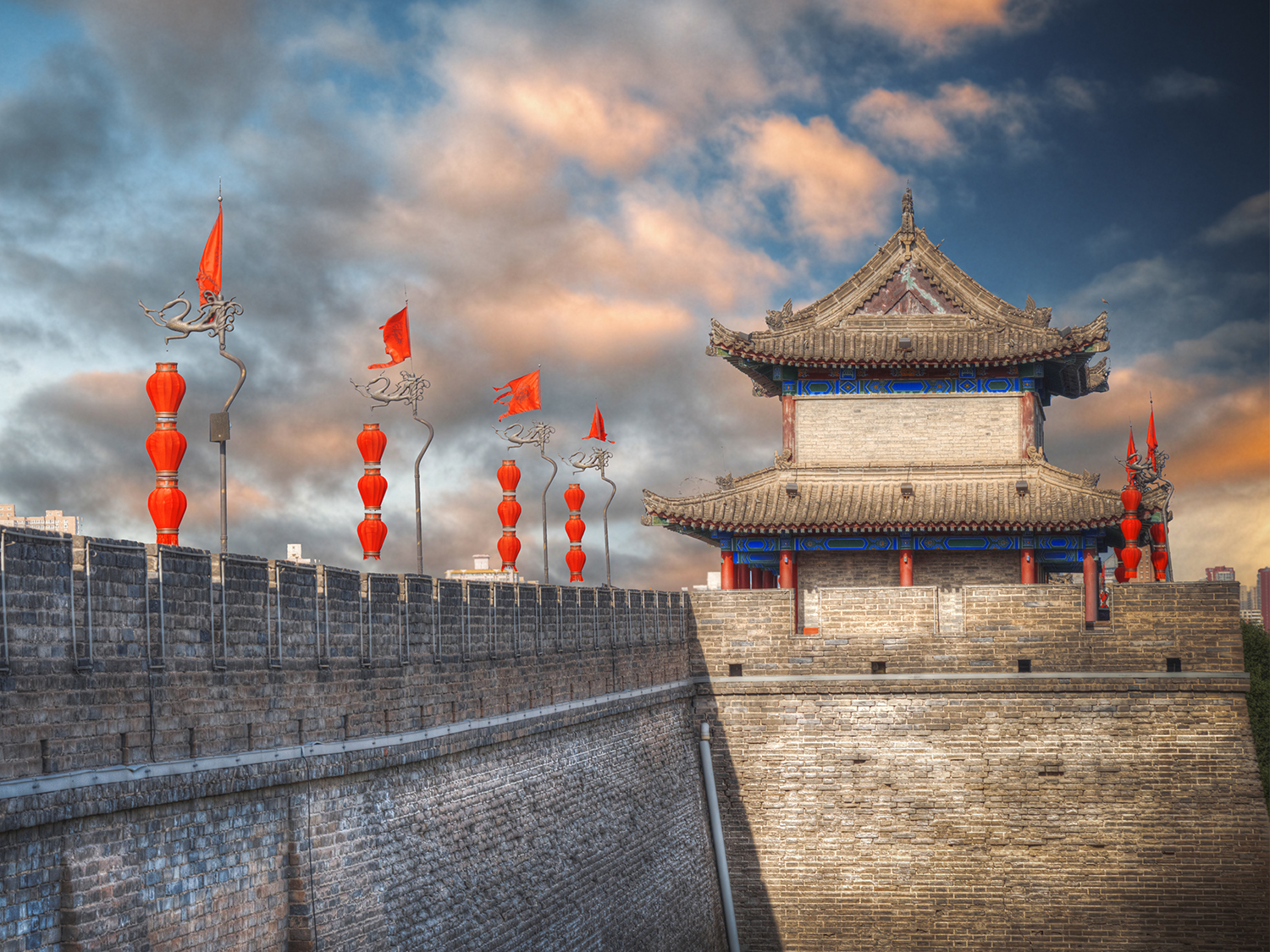Trips and Tours to HarbinHome of the annual Harbin Ice and Snow Festival, where the city transforms into a fantastical winter wonderland.
When do you want to go?
2024
I'm flexible
Passengers
Adults (18+)
Children (0 - 17)
Visit Harbin
Harbin, the capital of China's northernmost province, Heilongjiang, is like stepping into a winter wonderland, especially during the colder months. Known as the "Ice City," Harbin is famous for its spectacular Ice and Snow Festival, where intricate ice sculptures and grand ice palaces light up the frozen landscape. The city’s unique blend of Russian and Chinese cultures is reflected in its architecture, cuisine, and traditions, offering visitors a distinctive cultural experience. From strolling along the European-style streets of Central Avenue to exploring the impressive Saint Sophia Cathedral, Harbin provides a fascinating mix of history, art, and winter magic that makes it a must-visit destination in China.
The city's history is deeply influenced by its proximity to Russia, which is reflected in Harbin’s architecture, cuisine, and cultural traditions. The influence is most evident on Central Avenue, a pedestrian street lined with European-style buildings, Russian bakeries, and cafes. Harbin is also a gateway to some of China's most beautiful natural landscapes, including the Siberian Tiger Park, where you can see endangered Siberian tigers up close. Harbin has a rich cultural scene with several museums, theatres, and music festivals, making it a lively and diverse city year-round. The city's distinct mix of Eastern and Western influences, along with its breath-taking winter scenery, make Harbin a unique destination that offers a glimpse into a different side of China.
Tours to Harbin
The highlight of our Harbin tours is a visit the Harbin Ice Festival, join us as we explore the giant ice sculptures created by the talented ice artists. Held annually this extraordinary event showcases towering ice sculptures, elaborate snow carvings, and intricate ice castles, all beautifully illuminated in vibrant colours. As one of the largest ice and snow festivals globally, it offers visitors the chance to explore massive ice structures, slide down ice slides, and experience the wonder of a city sculpted entirely from ice. The festival transforms Harbin into a dazzling winter wonderland. As well as the Ice Festival you can also experience the Russian/Chinese architecture of the city, stroll along central street, marvel at the many churches that reside in Harbin and indulge in local culinary delights.
What to expect on a tour to Harbin
When visiting Harbin, China, you can expect a city that blends a unique mix of Chinese and Russian cultures, especially evident in its architecture, cuisine, and festivals. If you visit during the winter months, Harbin transforms into a winter wonderland, with the famous Harbin International Ice and Snow Festival as its centrepiece. The winter season brings extremely cold temperatures, often dropping well below freezing, so it's important to dress warmly. Harbin’s rich cultural heritage is reflected in its landmarks, such as the Russian-style Saint Sophia Cathedral and the bustling Central Avenue. The city is also known for its culinary delights, including hearty Russian-style dishes, local specialties like Harbin sausages, and warming hotpot meals. Outside of winter, Harbin still offers plenty to explore, including its parks, museums, and the Siberian Tiger Park, where you can see these majestic animals up close. Overall, Harbin is a city of contrasts, where East meets West, and where natural beauty and cultural depth combine to offer a truly unique travel experience.
What to do in Harbin
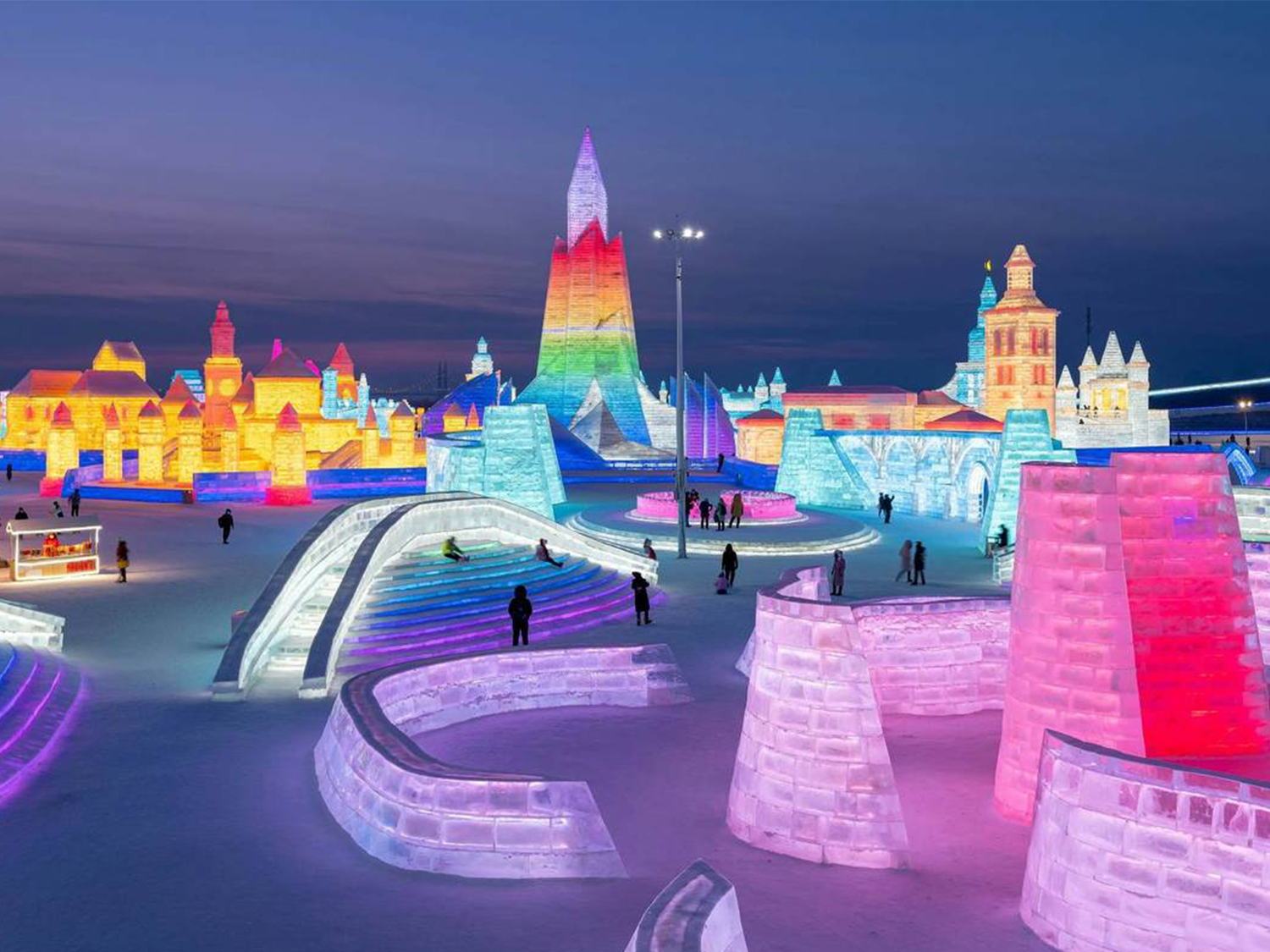
Harbin Ice Festival
The highlight of our Harbin tours, visiting the Harbin Ice Festival is an unforgettable experience that immerses you in a fantasy world made out of ice and snow. Held annually from January to February, the festival is one of the largest of its kind, transforming Harbin into a dazzling wonderland. Visitors can explore massive ice sculptures, intricate snow carvings, and majestic ice palaces, all brilliantly illuminated in vibrant colours. The festival also offers fun activities like ice slides, snow sports, and cultural performances, making it an enchanting destination for both families and adventurers. With its magical atmosphere and stunning artistry, the Harbin Ice Festival is a must-see event that showcases the beauty and creativity of winter.
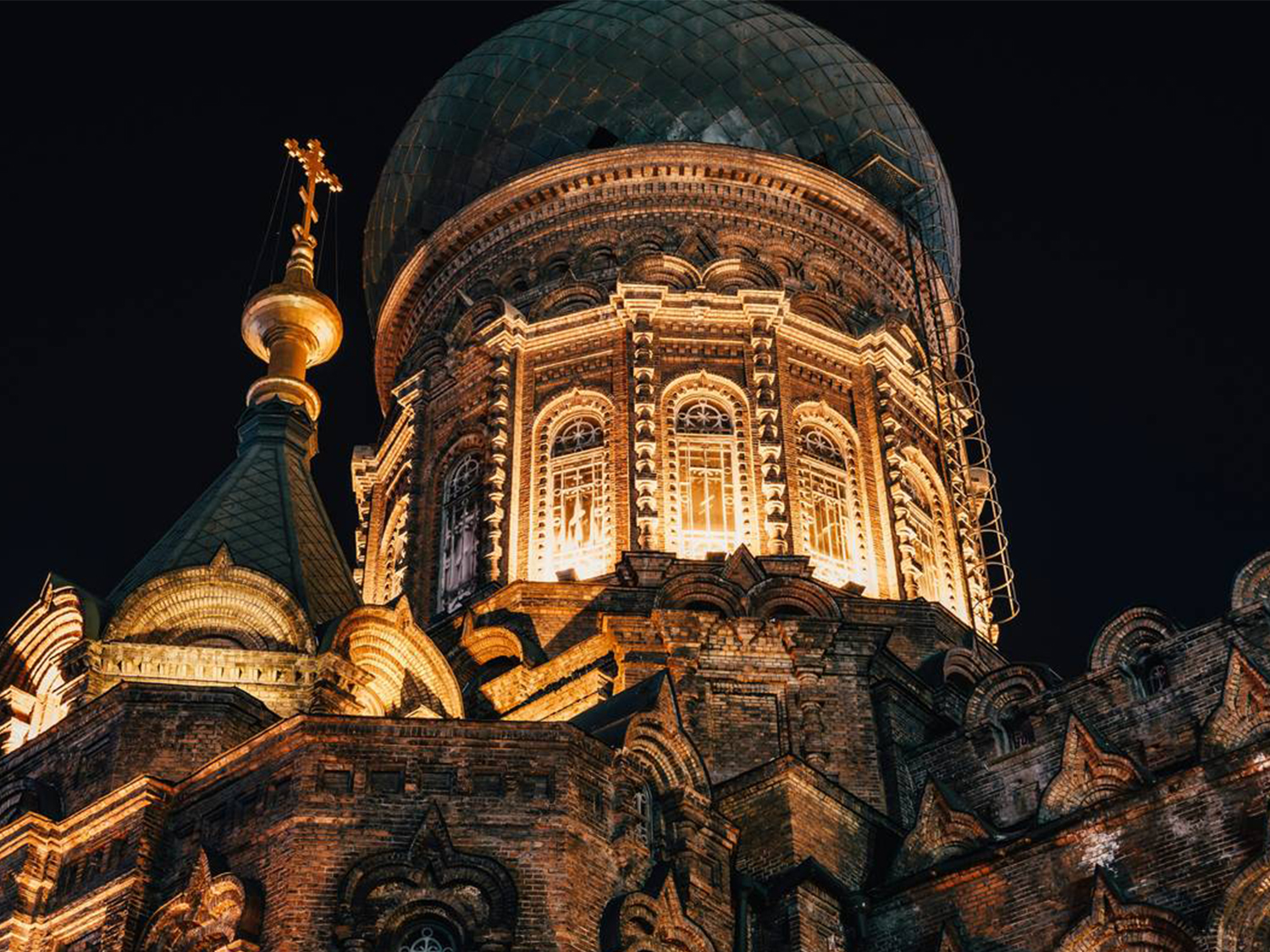
Church of St. Sophia
The Church of St. Sophia in Harbin is an architectural marvel that stands as a testament to the city’s rich Russian heritage. Built in 1907 by Russian expats, this striking Russian Orthodox church features a stunning green onion dome and ornate brickwork that make it one of Harbin's most iconic landmarks. During the Harbin Ice Festival, the church takes on a magical quality, with the surrounding area often adorned with ice sculptures and winter decorations that complement its historic beauty. Today, the Church of St. Sophia serves as an architectural art museum, offering visitors a glimpse into Harbin's past while providing a unique cultural contrast to the vibrant ice festival that surrounds it.
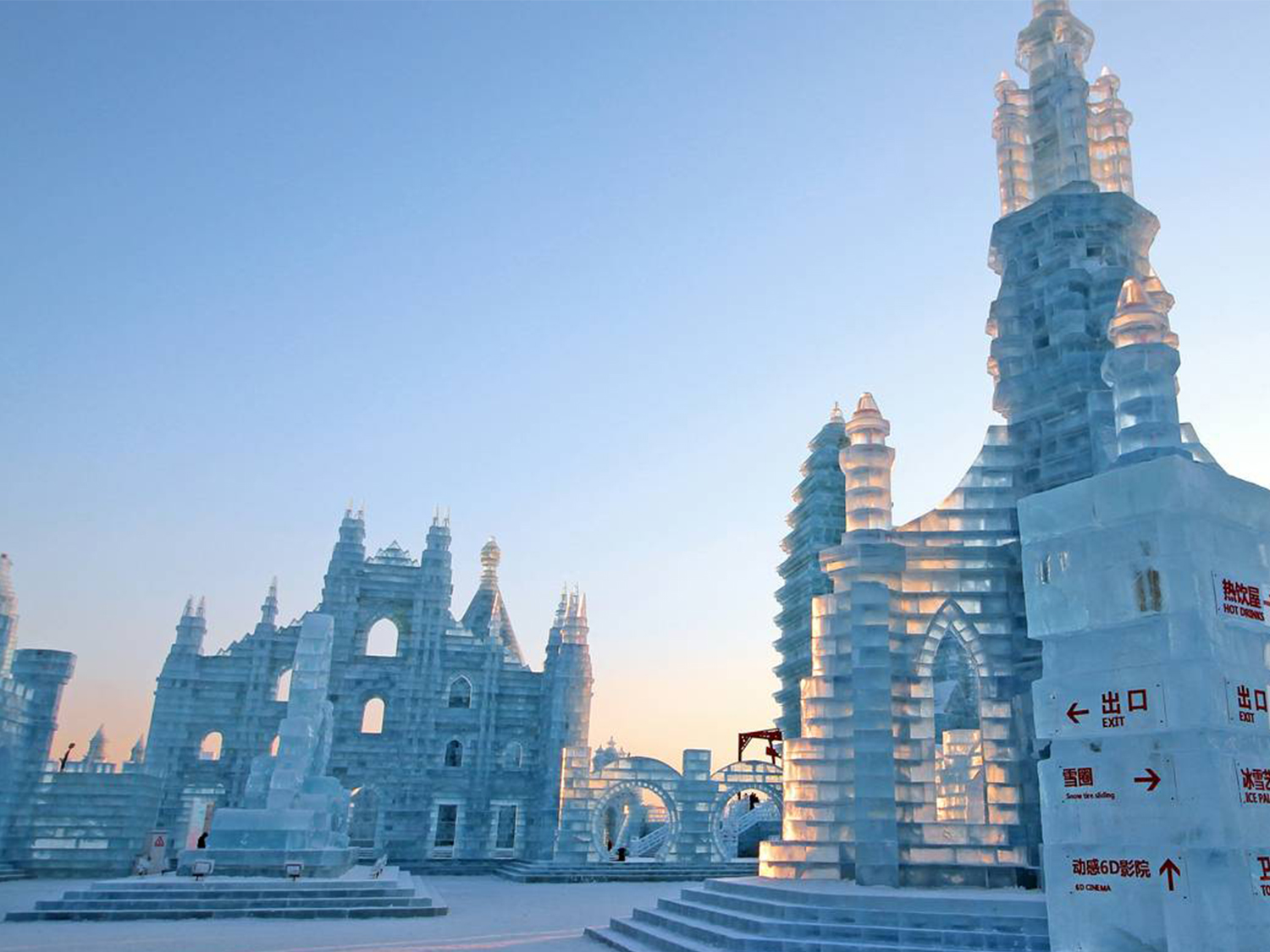
Harbin Ice Lantern Show
The Harbin Ice Lantern Show is a mesmerizing spectacle that takes place as part of the larger Harbin International Ice and Snow Festival. Held annually in Zhaolin Park, this event transforms the park into a glowing wonderland of ice lanterns, with intricate sculptures, buildings, and figures all carved from blocks of ice and illuminated from within. The lanterns, ranging from traditional Chinese motifs to fantastical creatures and structures, create a vibrant, colourful display that enchants visitors of all ages. As you wander through the park, the combination of artistry, light, and ice creates an otherworldly atmosphere, making the Ice Lantern Show a highlight of any winter visit to Harbin.
Photos of the Harbin Ice Festival
Photos of the Harbin Ice and Snow Festival, a winter wonderland!
Ice Pagodas
Snow Sculpture
Ice Tunnel
Carriage ride
Ice Slide
Ice Sculpture
When is the best time to visit Harbin
The best time to visit Harbin is during the winter months, from late December to February, when the city is at its most magical. This period coincides with the Harbin Ice Festival, which typically begins in early January and runs until the end of February. During this time, you can experience the city's famous ice sculptures, snow carvings, and other winter attractions like the Ice Lantern Show. The cold, snowy weather enhances the festival's charm, with temperatures often dropping below freezing, creating the perfect conditions for the ice and snow displays. While winter is the peak tourist season, it's the most rewarding time to visit Harbin if you want to experience its unique winter wonderland.
Conclusion
Harbin in China is a magical city, especially in the wintertime, where the city transforms into a winter wonderland made from ice and lights. Harbin offers a truly unique experience that blends cultural richness with breath-taking natural beauty. From the dazzling ice sculptures of the Harbin International Ice and Snow Festival to the city's distinctive Russian-influenced architecture and vibrant local culture, Harbin captivates visitors with its charm and contrasts. Whether you're exploring the historic streets of Central Avenue, marvelling at the illuminated ice lanterns, or enjoying the hearty local cuisine, Harbin provides an unforgettable journey into a different side of China. A trip to this "Ice City" is not just about witnessing its winter wonders but also about immersing yourself in a city where tradition, history, and natural splendour come together to create a memorable adventure.
Frequently asked questions
How cold does it get in Harbin during winter, and how should I prepare?
Harbin is known for its extremely cold winters, with temperatures often dropping below -20°C (-4°F). It's essential to dress in layers, including thermal underwear, a heavy winter coat, insulated boots, gloves, a hat, and a scarf. Hand and foot warmers are also useful for staying comfortable while exploring the city’s outdoor attractions.
What are the must-see attractions in Harbin?
The must-see attractions in Harbin include the Harbin International Ice and Snow Festival, where you can see incredible ice sculptures and snow carvings; Saint Sophia Cathedral, a stunning Russian Orthodox church turned museum; Central Avenue, a pedestrian street with European-style architecture and shops; and the Siberian Tiger Park, where you can observe Siberian tigers up close.
When is the Harbin International Ice and Snow Festival held?
The Harbin International Ice and Snow Festival typically starts in early January and lasts until the end of February. The best time to visit is in January when all the ice and snow sculptures are fully completed, and the festival is in full swing.
What local foods should I try in Harbin?
Harbin is known for its hearty and warming cuisine, influenced by Russian and north-eastern Chinese flavours. Must-try dishes include Harbin sausage, a flavourful smoked sausage; Russian-style borscht; Guobaorou, a sweet and sour pork dish; and the city's famous bread, known for its crisp crust and soft interior. Don’t miss out on trying some local ice cream, which is surprisingly popular even in winter!
Can I see the Russian influence in Harbin today?
Yes, the Russian influence in Harbin is still very visible, especially in the architecture and cuisine. Central Avenue features many Russian-style buildings, and Saint Sophia Cathedral is a prime example of Russian Orthodox architecture. You'll also find Russian restaurants, shops selling Russian goods, and cultural events celebrating Harbin's Russian heritage.
China travel guides
Highlights of China
Our top picks of things to see and do in China!
The Great Wall
Stretching for more than 20,000km from the Yellow Sea in the eats to the Gobi Desert in the west, the Great Wall of China is known around the world and is a major factor in many people's decision to visit China. Dating back more than 2,300 years, the UNESCO-listed wall measures 7 metres in width and 6-14 metres in height with over 25,000 battlements snaking a path along precarious mountain ridges and thick forests.
See pandas in Chengdu
Known for being absolutely adorable, Great Pandas are endemic to china making it the perfect place to see them in their natural habitat. Watch them as they play, sleep and wander around their conservation sites and learn all about China's effort to increase the panda population to stop these beautiful bears from going extinct.
The Terracotta army in Xi'an
In 1976 three farmers near the city of Xi'an were digging a well and in doing so discovered one of China's greatest treasures - Emperor Qin's 7000-strong terracotta army. Believed to have been made 2200 years ago these life-size warriors stand in military formation in excavated pits under the cover of a modern protective hanger. Made of local clay, no two faces are alike – each is said to be an individual portrait.
Beijing
Capital of the People’s Republic, Beijing is China’s political, economic and cultural centre. With a chequered history, Beijing was established in 1045 BC and for 800 years served as the capital of several dynasties. At first glance Beijing can appear as nothing more than a modern cosmopolitan city with soaring skyscrapers, sprawls of apartment blocks and a crisscross of freeways. But hidden amid the concrete and glass one can still find remnants of the city’s past and evidence of traditional Chinese culture still practised today.
Shanghai
Buzzing with energy and activity from its gleaming sky scrapers all the way to its charming Old Town, the mega city of Shanghai epitomises China’s meteoric rise to global power status. Everywhere you look, there is something to do, see or buy, and you're unlikely to ever find yourself having a dull moment during your stay.
Guilin
Renowned for it’s striking, if bizarre scenery - vast areas of karst limestone outcrops that rise up from flat rice paddy fields, and beautiful pagodas, Guilin is often the subject of Chinese painting. On our tours that travel to Guilin, we will visit the enormous and dazzlingly beautiful Reed Flute Caves. The city is filled with a delicious fragrance of Sweet Osmanthus trees and indeed this is the meaning of the name Guilin - "forest of Sweet Osmanthus".
Our customers say
Excellent
4.4 out of 5 based on 275 reviews
